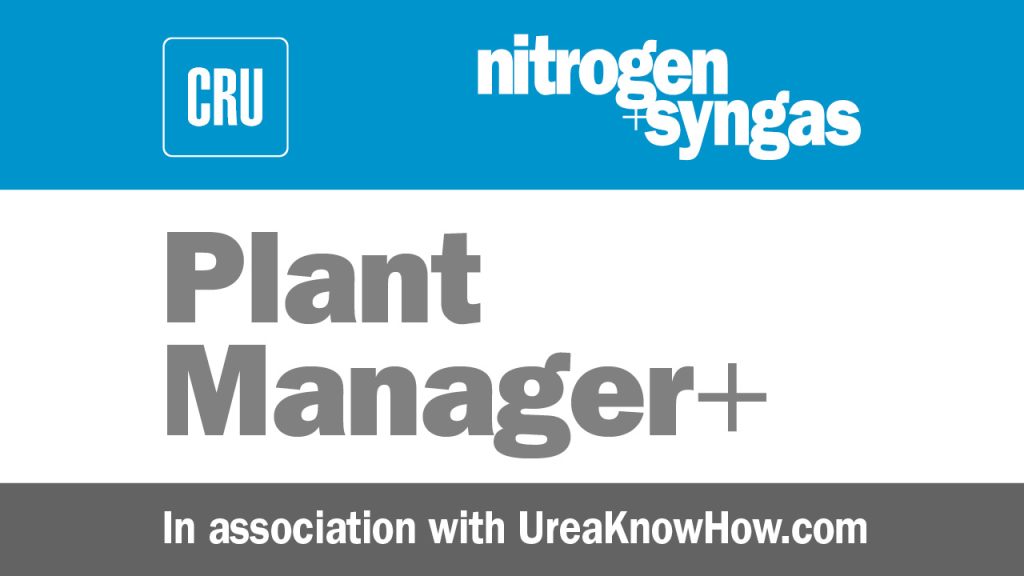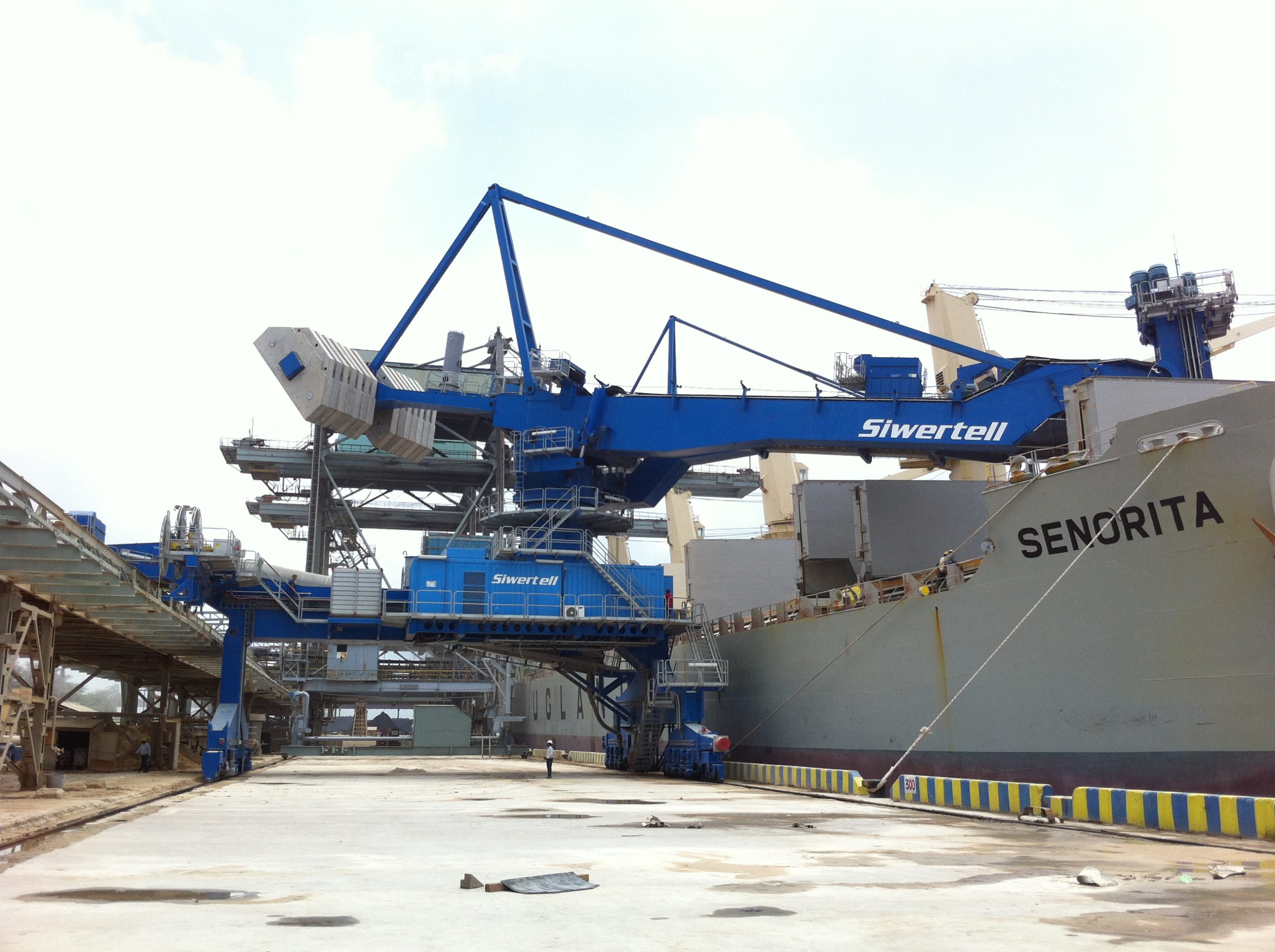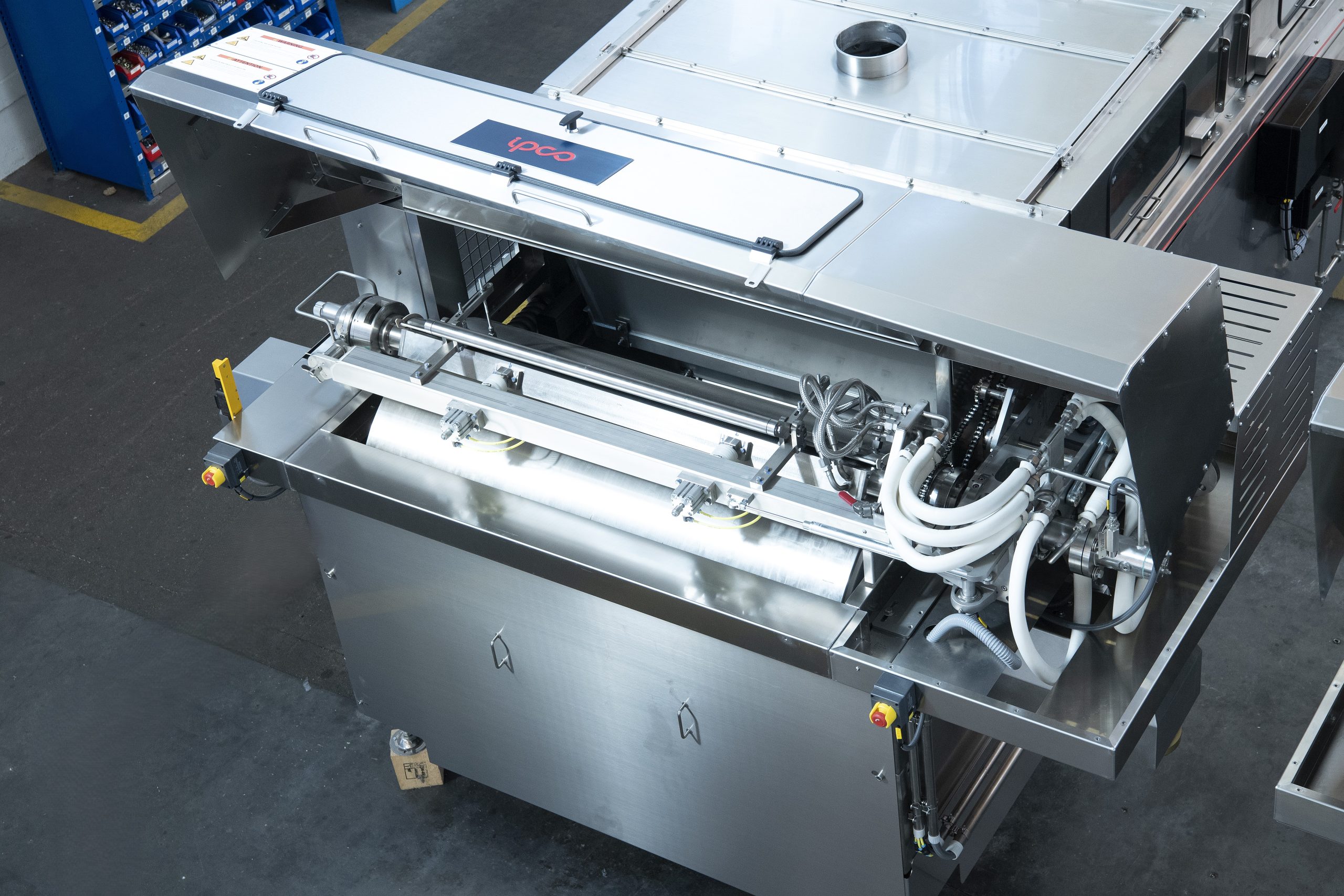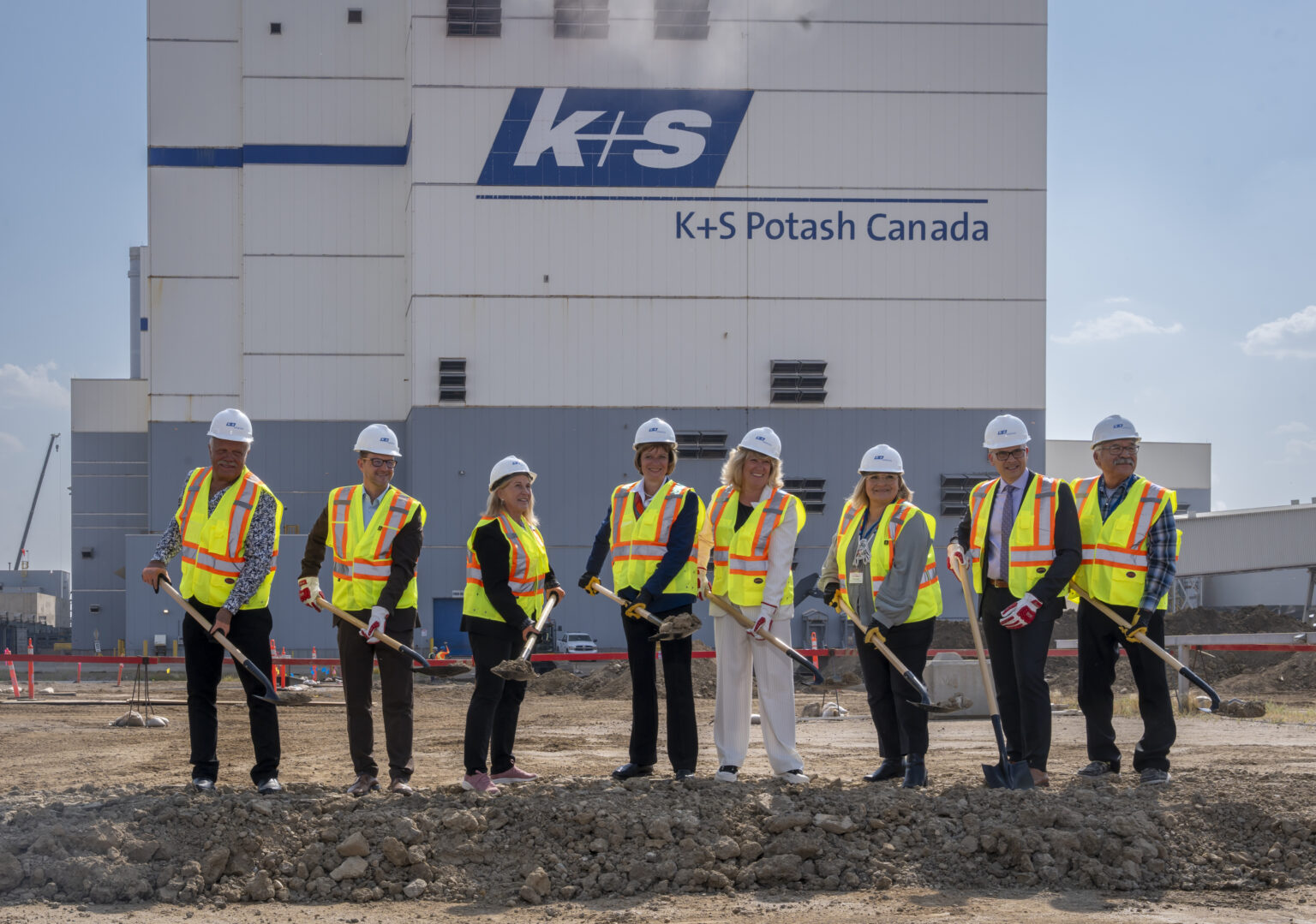Nitrogen+Syngas 313 Sept-Oct 2011

31 October 2011
Problem No. 8: Urea prilling buckets
Prilling buckets are the oldest technology to form solid urea in a urea plant. In the top of a concrete prilling tower a bucket with numerous holes rotates releasing urea melt droplets, which cool and solidify against the rising air. At the bottom of the prilling tower solid urea prills are collected and sent to storage. It is estimated that about 82% of all urea plants worldwide produce prills. Various designs of prilling buckets are available in the market. What are the design criteria for prilling buckets and what are the experiences with the various designs?

Mr Girish Prakash of Tata Chemicals Ltd in Babrala, India introduces an interesting topic to the Round Table:
What are the differences in technical features and performance of prilling buckets designed for Saipem and Stamicarbon plants? What are the design considerations for the prilling bucket?
Mr Mark Brouwer of UreaKnowHow.com in the Netherlands replies:
When designing a prilling bucket the following criteria are important:
- size distribution of the prills should be as even as possible maximum usage of the prill tower cross section to maximise
- heat exchange between prills and air.
Typically, prills are designed to have an average prill size of 1.7 mm. I would like to suggest the consideration of a larger diameter (for example 1.8 or 1.9 mm) as the design figure. This will only influence the prilling tower height and will give much more flexibility to increase the capacity of the prilling tower later and reduce caking problems. Prills from CIS countries are typically 1.9 mm average and are suitable for export. I have never noticed much difference between the per formance of prilling buckets from different licensors.
Mr Muhammad Adnan Hanif of Fauji Fertilizer Corporation in Pakistan shares his experiences:
I totally agree with Mark in view of taking a higher average prill size as a design basis. We have practical experience of this with our two plants having different prilling tower sizes. The bigger tower (designed for a lower load) is per forming better at higher production rate at the same inlet conditions. The product quality is also relatively good for the bigger tower.
The prilling tower diameter is also important for even heat distribution with air.
Mr Girish Prakash specifies more in detail his interests:
The basic design criteria for prilling buckets and towers are correctly mentioned and remain independent of the technology licensor. But what I am interested in is the other criteria specific to prilling buckets like:
- L/D ratio of the bucket and its impact on the prill quality
- Type and size of holes on the bucket surface and its impact on prill granulometry.
As far as I know, and correct me if I am wrong, there are no tangential holes on the prilling buckets supplied for Stamicarbon plants in contrast to Saipem plants where the bucket sur face has both tangential and straight holes.
Mr Mark Brouwer replies:
I have seen Tuttle buckets and Stamicarbon buckets. I think with Saipem buckets you mean Tuttle? The L/D of Stamicarbon buckets is somewhat larger than that of Tuttle buckets.
I have never seen any differences in prill quality because of this. Other parameters are more important like correct design, operating with optimum speed, urea melt concentration and prill temperature at bottom of prilling tower. I believe neither buckets have tangential holes, all are straight drilled.
Mr Nauman Talat of Pakarab Fertilizer Limited in Pakistan introduces vibro prilling: Please let me know if any one of you has worked on a vibro priller. Please share your comments regarding this prilling technique:
- What is the impact of the vibro priller on average prill size?
- What is the impact of vibro priller on product temperature?
- Which vendors provide vibro prillers?
- Description of vibro priller unit.
Mr Henry King of PCS in the United States shares his experiences with prilling buckets: We have replaced the Tuttle and Stamicarbon buckets with the vibration-assisted bucket designed and manufactured in Ukraine. The improvement in prill size uniformity and approach to the air temperature with this technology is quite significant.
Mr Bhupendra P. Mehta of Indian Farmers Fertiliser Co-operative Limited (IFFCO) in Kalol, India asks some more questions:
As you have operating experience with vibration assisted prill buckets, can you please tell us the following:
- Prill temperature at tower bottom before and after vibration assisted prilling bucket
- Exhaust air temperature before and after vibration assisted prilling bucket
Mr Muhammad Kashif Naseem of Process Engineering at Safco in Saudi Arabia introduces another question: With a small diameter prilling tower and having induced fan technology, can we realize a more even prill size distribution (less under size <1mm) by increasing the air flow (increase of induced fan speed)?
Mr Gamal El-Washahy of EFC in Egypt shares his view:
I think a bigger prill size is better even for lower capacities as mentioned by others. A larger prill size will also help to reduce dust formation (an environmental issue), reduce product loss (financial issue) and affect product quality.
Mr Henry King provides more information about his experiences with vibration-assisted prilling buckets: In our plant the prill temperature leaving the tower at 100% load was about 8-10°C lower with the vibration assisted prilling bucket than with the Tuttle bucket, at the same ambient air temperature. The Uniformity Index of the prills increased from 55-60% (Tuttle) to 75-80%.
It is clear that the improvement is completely due to the effect of the vibration, because the small motor that induces the vibration onto the bucket can be switched off at any time without interrupting production. If this is done, the vibration-assisted prilling bucket is similar to the Tuttle bucket. The temperature of the air leaving the prill tower is not routinely monitored in this plant.
Mr Mark Brouwer asks further: When you replaced the old prilling bucket by a vibration-assisted one: How old was the original bucket, did it have internal vanes and was it designed for the current plant capacity?
Mr Henry King replies: The old prilling buckets had internal vanes and were 2-3 years old. They had been “tweaked” by Tuttle for higher rates. The vibration-assisted prilling buckets were provided by Technochim of Sumy, Ukraine.
Mr Muhammad Ahsan Sarfraz of Fatima Fertilizer Limited in Pakistan raises an interesting question:
We have asked Tuttle to design a prilling bucket for a mean size of 2 mm but the strength was so low that about half of the product turned into fines on the vibrating sieves. Now we are running it at lower average size. A Tuttle prilling bucket does have tangential holes in the bottom part and straight holes at the top. What is the maximum strength value for a prill size of 1.8~1.9 mm?
Mr Mahmood Ahmad of FFC Goth Machhi in Pakistan gives his view on vibro prilling: If you use a Vibro Priller you will get a prill size of 2 mm but the product temperature will be high due to a low rpm of vibro priller (66-90 rpm).
Mr S.K.Gupta of Indian Farmers Fertiliser Co-operative Limited (IFFCO) in India asks another interesting question:
The prill temperature depends on the air flow through the tower, melt temperature, size of the prills etc. Will someone elaborate on how a Vibropill Bucket, producing same size of prills in a particular prilling tower produces prills at a lower temperature than a normal prilling bucket.
| This series of discussions is compiled from a selection of round table topics discussed on the UreaKnowHow.com website. UreaKnowHow.com promotes the exchange of technical information to improve the performance and safety of urea plants. A wide range of round table discussions take place in the field of process design, operations, mechanical issues, maintenance, inspection, safety, environmental concerns, and product quality for urea, ammonia, nitric acid and other fertilizers. |






